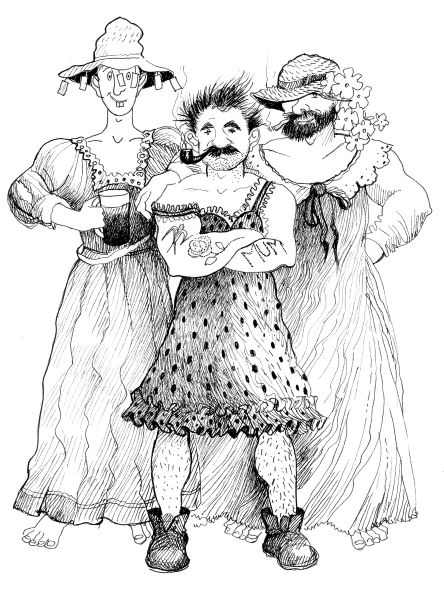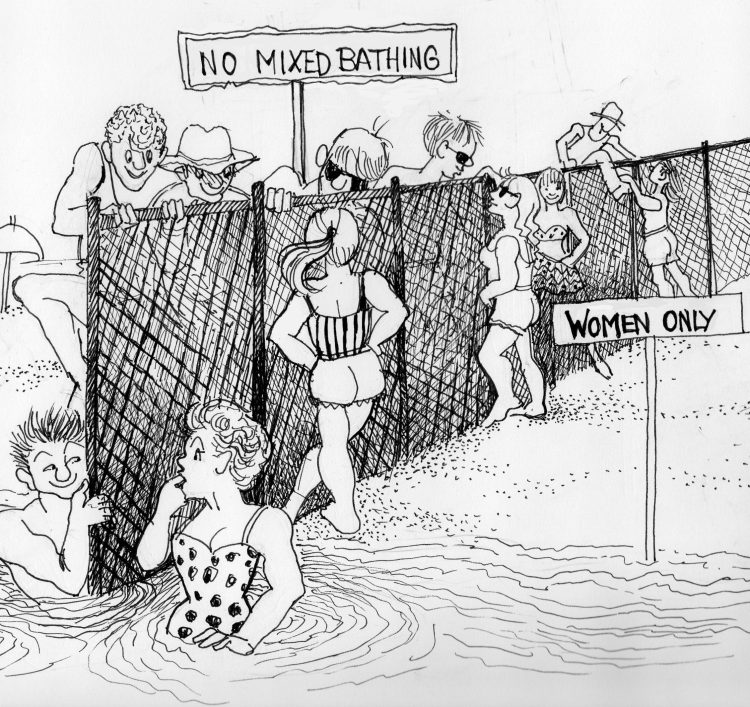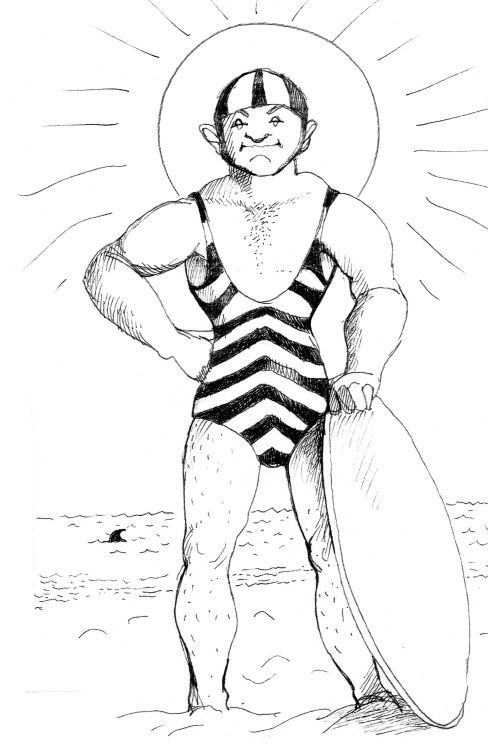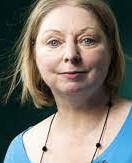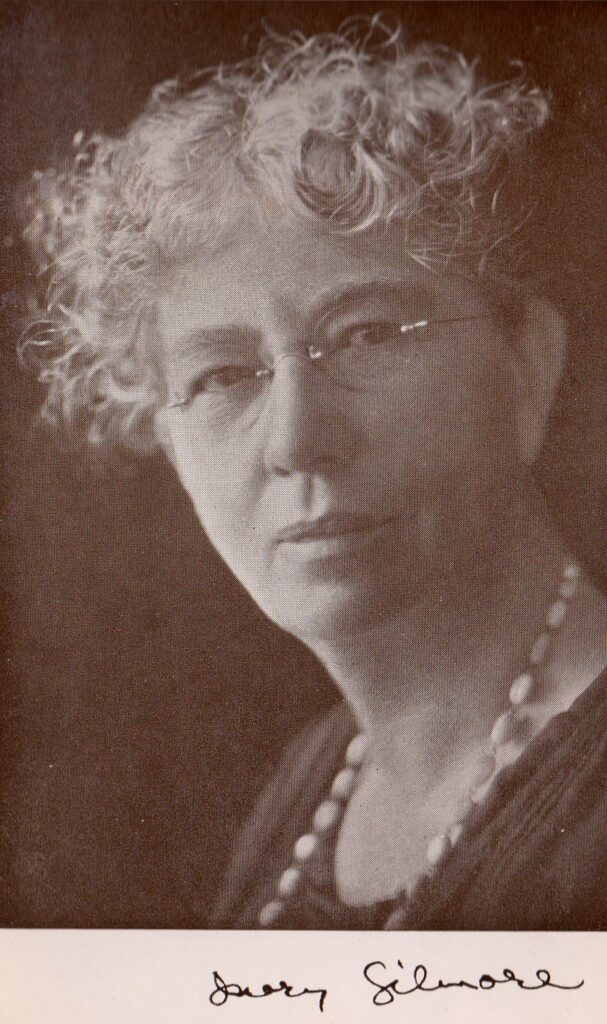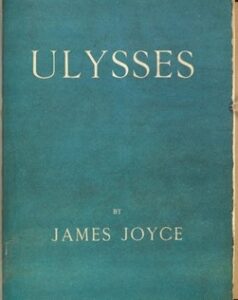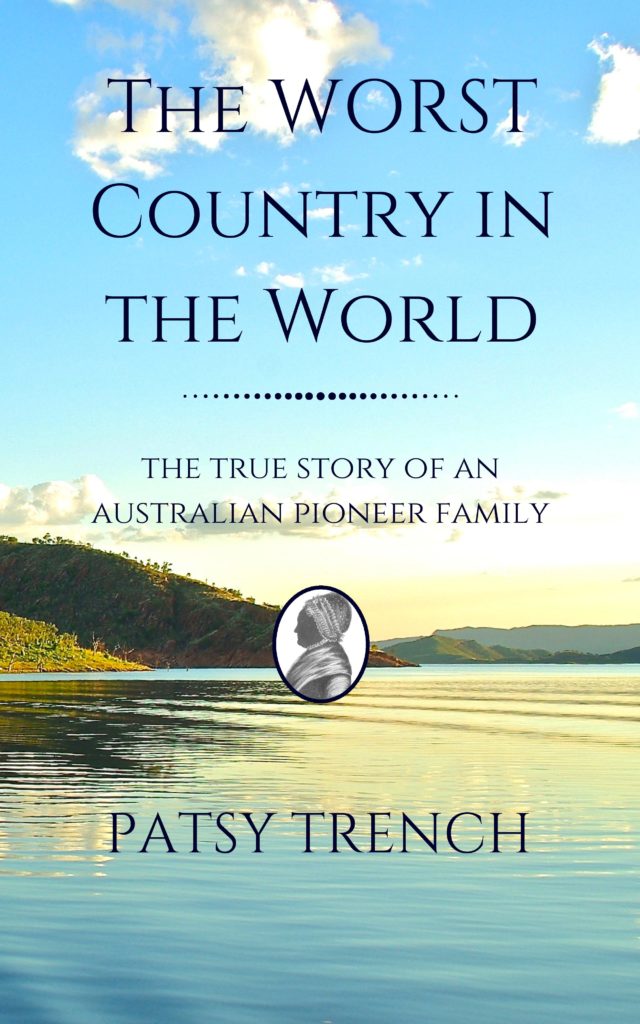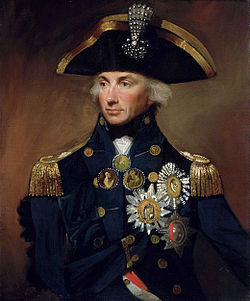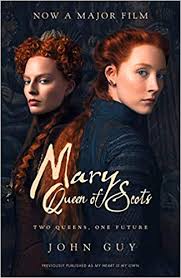In my book Australia and How To Find It, published in October of 2019, I blithely claimed that Australia rarely featured in our news here in the UK, except for the cricket. That was before the bushfires. I have now added a postscript to my book chronicling the fires as witnessed in particular by residents of northern NSW, and the political fallout. Here it is:
For several months in late
2019/early 2020 Australia really did become the worst country in the world[i].
Between October 2019 and up until February 2020, as I write this, raging
bushfires have destroyed over 11 million hectares of land[ii]
(27 million acres, almost the size of England), over 2,500 homes, around 33
people including a number of firefighters, and an estimated one billion
animals. It was believed some wildlife species were wiped out altogether. Even
people not living near the fire regions were affected by smoke, which at one
point reached New Zealand and even travelled as far as South America.
It began early, in some cases in September, which is technically
spring in the southern hemisphere. I asked a friend, Michael Burge, who lives
in northern New South Wales and in the region of a local fire, to tell me his
story.
‘In very early September [2019] bushfires raged through Tenterfield and Drake, destroying homes and other property. Landowners, politicians and the media started throwing around the word ‘unprecedented’, mainly due to the speed and intensity of these unseasonal fires. . . .
. . . In November 2019 – still spring – fire ravaged two towns in our region (Wytaliba and Torrington) driven by the most intense air movement I have ever experienced. At one point during the terrible day when people were killed at Wytaliba, it felt like we were in the grip of two cyclones fighting for supremacy. The wind was so strong it was shooting into the ground and whipping up slices of soil that shot into the air. Dust, debris and burning foliage were being carried from where the fires were burning at Torrington, 28 kilometres away.
Across the region, we heard of fires travelling ahead of themselves in the form of embers, anywhere between 12 and 40 kilometres ahead of fire fronts during the high winds.
According to climatologists, the hot air ahead of a fire can create a weather system known as a pyrocumulonimbus thunderstorm. I witnessed three of these. One showed on the horizon the day Tenterfield burned, its terrible lava-orange core showing deep within a great cauliflower head. Another was blowing towards our home the afternoon the RFS [Rural Fire Service] messaged me and advised that I leave home or shelter in place, so all I could see of it was the eerie yellow glow that wrapped everything in its pathway.
As I enacted our fire plan and evacuated to Glen Innes, I saw the worst pyrocumulonimbus over Wytaliba. It looked like a mushroom cloud after an atomic bomb, although it was collapsing into itself, whipped up by the terrible wind. Collapsing over communities, livestock and wildlife; rivers, creeks and forests. Collapsing over everything I have ever known about living in rural Australia at a thousand metres above sea level in a cool-climate region.’
Wytaliba is a tiny community of around 100 people, living
off the grid and away from the public eye, with a school attended by 10
children. In thirty minutes on a Friday in November 2019 the whole place went
up in flames, obliterating twenty-five (mostly uninsured) homes, the school, a
bridge on the route in, cars, agricultural machinery, wildlife and two local
residents.[iii]
Journalists descended en masse, to
the dismay of the surviving residents, who’d gone to live there specifically to
avoid the maddening crowds. One of them described Wytaliba as ‘one big,
dysfunctional family’, where there were no property boundaries, no mobile
coverage, and everyone shared everything.[iv]
Within weeks Wytaliba had set up a Facebook page, which I
followed, where people were offering to donate everything from toys to clothes
to caravans, cars and quad bikes and free holidays for children. They also
offered differing views on the causes of the fires, the attitudes of
governments – federal and state – the relative uselessness of most insurance
companies and questions about compensation and whatever was happening to all
those millions of dollars people around the world had donated. One lady piled
the burnt and meagre remains of her house onto a truck and deposited them
outside Government House in Canberra in protest at their policy – or lack of –
on climate change. Fundraising events and morale-boosting community
get-togethers sprang up all over the place.
Most residents of rural Australia have a fire plan, or
should have. Here is Michael’s:
‘Our fire plan is simple. On the evening news every day the fire authorities issue a fire level warning for the following day (this has been in place since the Black Saturday fires in Victoria 2009). If the forecast is Catastrophic (the highest level) then the authorities cannot guarantee the survival of any building or structure, and we have agreed between us that we’ll leave early the following morning and get out of the area altogether. If it’s Severe or Extreme, we agree we’ll stay and keep a close watch on things.
We are not equipped to defend this property as we don’t have enough water pressure or a transportable water tank with a generator to hose water onto spot fires or walls of flame. It would be foolhardy to stay without being much better prepared. So, when we leave our property we prepare it by ensuring all doors and windows are closed, the power is off and any fuel or gas tanks (such as the barbecue) are stored away from the house. We have one bag pre-packed with documents, photographs and other irreplaceable mementos, and one bag pre-packed with water, dog food, spare clothing and protective blankets in case we encounter fire when we’re on the road. So when we leave it’s a matter of dogs and bags in the car, and we just go. We could leave in minutes if required. We have a second way out of our property by car if we get cut off by fallen trees along our main drive.’
Some regional towns are better prepared than others, and
open up community centres or sports grounds to act as temporary evacuations
centres.
‘Despite the support of service clubs and charities on the ground, there was a sense that communities were running out of steam pretty quickly due to the scale of the fires and the length of time critical support was required. Richard [Michael’s husband] cooked for the fire services on a few days and described the conditions as very under-staffed and disorganised. In many communities, volunteer fire fighters got no support and were left to find their own meals and drinking water, which has been a big eye opener during this fire season. The state of unpreparedness under the Morrison Government (federal) and the Berejiklian government (NSW state) has been shameful. It’s been a combination of “resourcing issues” (according to NSW Rural Fire Service Commissioner Shane Fitzsimmons) and, in Morrison’s case, just not listening to the experts who predicted this crisis months, years and decades ago.’
When the fires were almost at their worst, in December,
Prime Minister Scott Morrison quietly went on holiday to Hawaii, and it took
him a while to decide to return to his burning country and pay the odd visit to
affected areas, where he received what might be called a cool reception.
Bushfire sufferers and firefighters refused to shake his hand, locals told him
in direct Australian terms where he could go.
It wasn’t long since Morrison had imported a lump of coal
into Parliament and waved it in the faces of fellow parliamentarians and told
them not to be afraid of it. Coal rules Australia. 40% of their energy is
coal-fired and 7% comes from renewables.[v] In the UK 9% of our energy comes from coal
and 24.5% from renewables[vi].
(Not that we have anything to boast about, with a Prime Minister who has
confessed he doesn’t ‘get’ climate change.[vii])
By contrast Iceland is almost 100% renewable and Costa Rica, Norway and Sweden
are not far behind.[viii]
I even in the course of my climate change meanderings came upon an Australian
website whose sole purpose seems to be to put a stop to wind power and other
renewables because they’re bumping up domestic utility bills.
The right-wing Liberal government are climate change deniers
for commercial, economic reasons. Of course. Malcolm Turnbull, Morrison’s
predecessor, was years ago beaten to the leadership of the Liberal party (by
one vote) precisely because of his views on global warming. In 2018 he was
ousted from his position as PM for the same reason and replaced by a hard right
government of climate change deniers. Denial appears to be deeply endemic in
the ruling Liberal party, and remains so despite everything. To quote Michael
again:
‘Just like it’s hard for the government to convince all Australians that it planned well ahead of this fire crisis, it’s difficult to for all of us to see an effective plan to reduce Australia’s carbon emissions. The Morrison Government has announced a Royal Commission into the fires, at the same time as it’s relying on accounting tricks to meet this country’s agreements in the Kyoto Protocol. It appears there is no plan to tackle either issue, just strategies to minimise our efforts to change on both fronts.’
Yet like so many other issues – and this goes not just for
Australia but other countries like the US as well – the people and their
leaders don’t always see eye to eye. Australia’s statistics don’t include the
possible thousands of inhabitants living off-grid. And a lot of effort on the
part of individuals is going into finding weird and wondrous ways of harvesting
water from the air, or the sun, or who knows what.
For the time being temperatures in Australia have dropped,
rain has fallen in New South Wales and in Melbourne – which had its wettest
January on record I believe – and hailstorms the size of tennis balls have
battered Canberra, smashing cars, roofs, trees and a series of greenhouses
belonging to the CSIRO (The Commonwealth Scientific and Industrial Research
Organisation), ruining several years of research work.[ix]
Much of the rain has collected dust particles in the air and falls as mud. Dust
storms have enveloped country towns, falling ash has poisoned rivers and killed
thousands of fish. At the same time torrential rain has put out most of the
fires, and now firefighters are hard at work coping with floods. Tourists –
local and international – could not cancel their holidays fast enough.
But now the whole world knows a good deal more about
Australia than it ever did in my living memory. Maybe with the world’s eyes on
them the powers that be may start to look at things differently. Or just maybe,
once the fuss has died down, along with the fires – though since February is
still full summer in Australia it doesn’t pay to be complacent – the world will
forget all about Australia and life will just go on as before.
That’s if Australians will allow it.
© Patsy Trench
February 2020
~~~~~~~~~~~~~~~~
[i] The title of my first book about my family history in Oz
[ii] https://www.bbc.co.uk/news/world-australia-50951043 Elsewhere (on Wikipedia) it claims over 18 million hectares have been destroyed, SBS and The Telegraph estimate it at 5 million.
[iii] One of whom was described as a ‘grandmother’. Why this was deemed a relevant description of a 60-something-year old, with the possible implication that she was too old and frail – and maybe even stupid – not to be able to save herself is a moot point. (She was none of these things by all accounts.)
[iv] https://www.abc.net.au/news/2019-11-14/nsw-bushfires-inside-small-town-wiped-out-wytaliba/11702106 [accessed 10 February 2020]
[v] The rest is made up of oil and gas. 75% of energy generated in Australia comes from coal. I don’t understand what happens to the 35% that isn’t consumed. https://www.ga.gov.au/scientific-topics/energy/basics
[vi] Then rest comes from natural gas 41% and 21% nuclear. https://www.energy-uk.org.uk/our-work/generation/electricity-generation.html
[vii] According to Claire O’Neill, who was sacked – for unspecified reasons – from her position organising a UN climate change conference in Glasgow later in 2020.
[viii] https://www.clickenergy.com.au/news-blog/12-countries-leading-the-way-in-renewable-energy/ There’s some variation in percentages between online sources but the country rankings are much the same.
[ix] https://www.theguardian.com/weather/2020/jan/21/canberras-destructive-hailstorm-wipes-out-years-of-csiro-research
